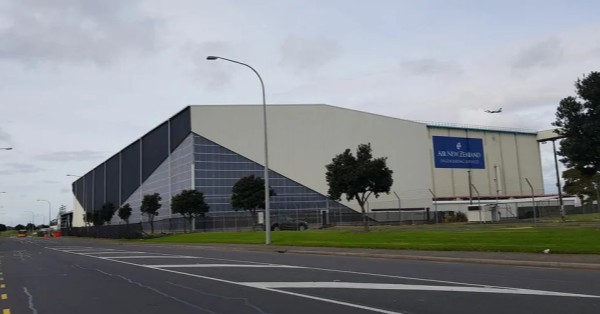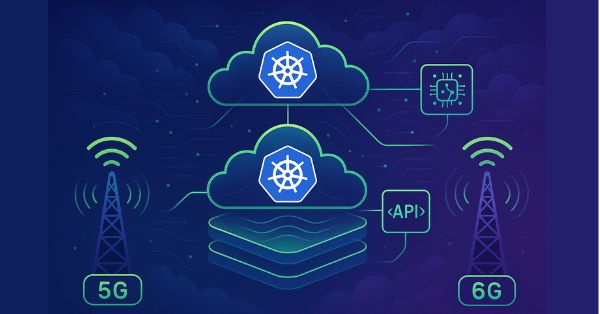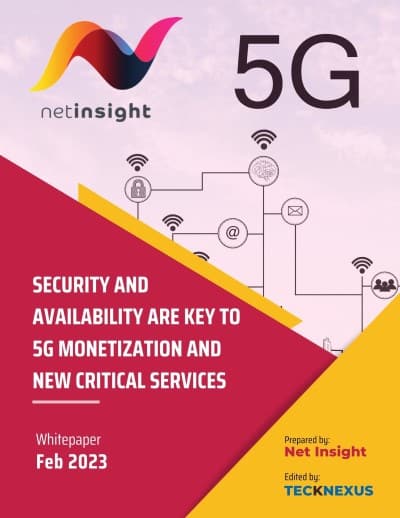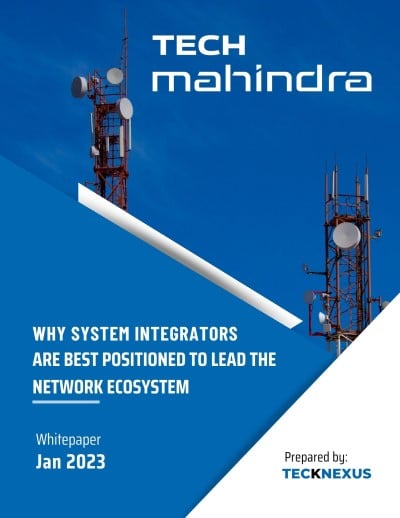BT revealed a substantial investment plan to deliver 5G and 4G mobile edge computing services to its business clientele in the UK, in partnership with Amazon Web Services (AWS).
This initiative unites AWS’s prowess in cloud computing with BT’s industry-leading 5G and 4G infrastructure. By integrating EE’s nationwide mobile network with AWS Wavelength, a broader range of business and public sector clients in the UK will have access to faster, more secure, and high-bandwidth connectivity while on the go. This solution is ideal for applications such as law enforcement, crowd control, healthcare, and security.
As part of BT’s ongoing investment in its mobile networks, the company aims to provide 5G-connected infrastructure as a service through AWS Wavelength. This includes activating a new AWS Wavelength Zone in Manchester, which will facilitate trials for qualifying businesses and public sector entities within a 100-kilometer radius, encompassing cities like Liverpool, Leeds, Sheffield, and Blackpool. BT aspires to expand AWS Wavelength to a wider range of business customers throughout the UK in the coming years.
AWS Wavelength is a technology that integrates AWS compute and storage services within 4G and 5G networks, providing a mobile edge computing infrastructure that enables ultra-low-latency applications. By hosting services directly at the edge of EE’s UK network, lag is reduced, as application traffic can reach servers running in the AWS Wavelength Zone without leaving BT’s network. This opens up mobile edge computing infrastructure for businesses to develop, deploy, and scale mobile Internet of Things (IoT) applications securely over BT’s existing 5G network.
The collaboration between BT and AWS aims to enable high-speed, latency-sensitive, and intensive 5G connectivity for BT customers seeking to benefit from high-bandwidth IoT use cases in various fields, such as autonomous vehicles, policing cameras, live media production, smart industrial robots, and community healthcare applications (e.g., monitoring for falls and accidents in care homes).
BT’s Wholesale unit collaborated with AWS on the initial trials in Manchester. After the planned national rollout, the service will be accessible to all BT business customers in the UK, including small businesses, large enterprises, and public sector organizations.




























